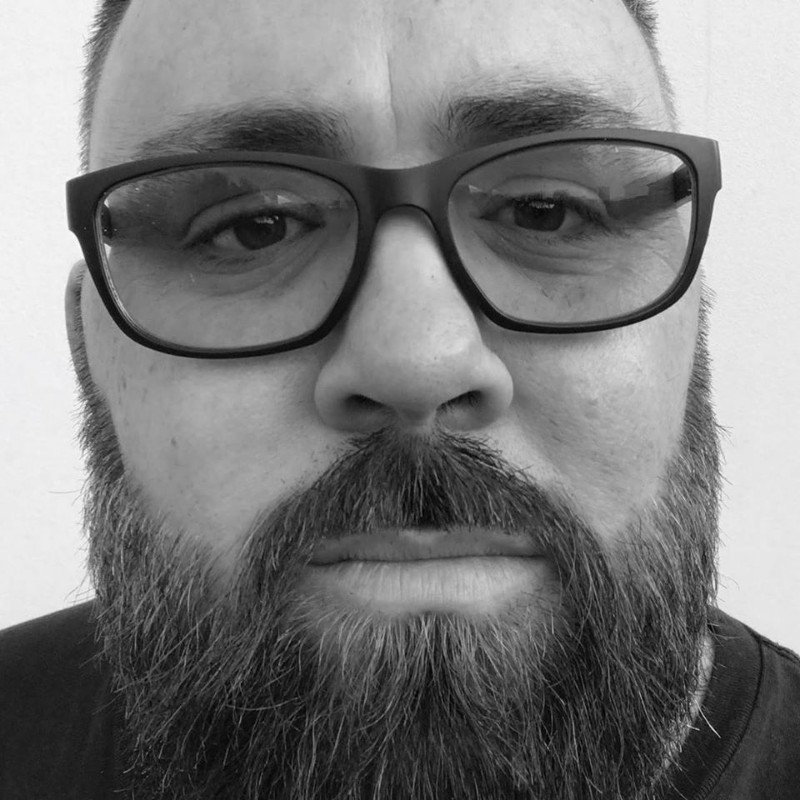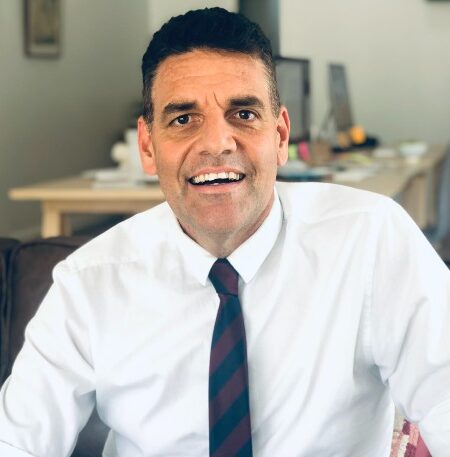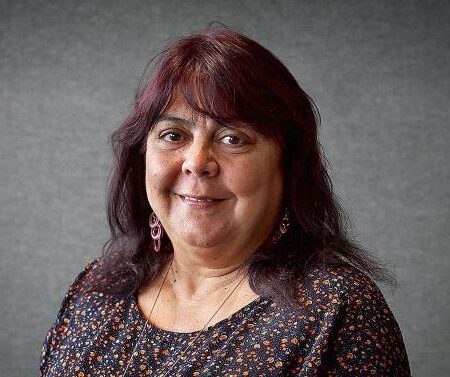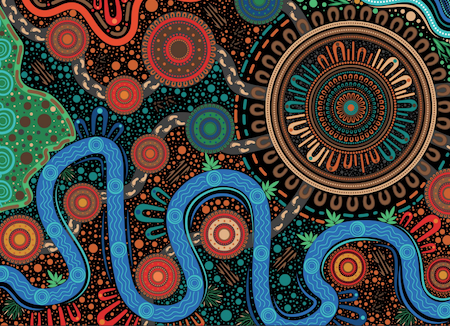Trying to explain to my children just how old Aboriginal Australia is in a relatable way is a great challenge – at least 10 times older than the Pyramids; Stonehenge is a new build; all Europeans Johnny-come-latelies. But the recent history of Australia, the last little bit that we focus endlessly on in schools and our history books, is both fresh in memory and very troubling.
Just two centuries of the colonial project with all of its great damage and neglect deeply wounded Aboriginal Australia but still the cultures, knowledge, pride and resilience endure.
There was a mood of change in Australia at the turn of the millennium, 250,000 people called for reconciliation when they walked across the Sydney Harbour Bridge, the country stopped to cheer on Cathy Freeman in her historic sprint for gold. But behind this feeling, largely unseen by most of white Australia, a terrible reality was playing out, a vast divide in health, life expectancy and so many other markers of wellbeing between Indigenous Australians the rest of the country.
In his 2005 report as Social Justice Commissioner, Professor Tom Calma laid bare the challenge facing Australia. His report highlighted the shocking, and yet unsurprising reality, that Aboriginal and Torres Strait Islander Australians did not enjoy the same standards of life and health enjoyed by the average Australian. The difference in life expectancy was estimated at 17 years and institutional racism was fuelling rates of illness, incarceration and injustice that were appalling and almost beyond belief.
Tom Calma was not content to simply report on the injustices of this situation. After publishing his report, he drew together a coalition of Aboriginal and mainstream health organisations and supportive social justice NGOs. This was the beginning of the Close the Gap campaign – with the stated goal to close the gap in life expectancy and health standards within a generation. The keys for a successful campaign were straightforward:
- A broad membership that drew together many of the experts but was always led by Aboriginal and Torres Strait Islander people
- A steadfast focus on the knowledge and expertise of Aboriginal and Torres Strait Islander people and communities in how to deal with their own issues
- A strong evidence base for the solutions we sought
- A human rights approach to health – every person has the right to life and health
- A commitment to work across party political divides – Indigenous affairs had been treated as a political football for too long
- Keeping Aboriginal and Torres Strait Islander stories and voice at the centre of the campaign
- Giving everyday Australians a role to play in addressing the issues
- Putting the responsibility for Indigenous health equality where it belonged: with all of us.
The Close the Gap campaign was publicly launched by patrons Ian Thorpe and Cathy Freeman in 2007 and it burst out of the gates, quickly generating significant publicity, a huge group of supporters and before long enjoying some early successes.
Labor leader Kevin Rudd won the 2007 election with many of the campaign’s demands incorporated into his election platform. As an aside, his phrase, “closing the gap”, a catchall for Indigenous policies forever muddied the waters between community led action for change and the bureaucratic responses of governments struggling to keep up.
In December of that year the Council of Australian Governments (COAG), which includes the leaders of federal, state and territory, and local governments, committed to ‘closing the gap’ in life expectancy between Aboriginal and Torres Strait Islander and non-Indigenous Australians.
Commitments Made: The Statement of Intent
In March 2008, at the campaign’s National Indigenous Health Equality Summit in Canberra the Prime Minister, leader of the opposition and several senior Governments ministers joined a group of Indigenous peak organisations to sign the Close the Gap Statement of intent. This historic document was the Campaign’s contract for change, a written commitment by the government and the Campaign’s founders to work together to end the health and life expectancy gap.
The signatories to this document were:
- The Australian Government and leader of the opposition
- National Aboriginal Community Controlled Health Organisation (NACCHO)
- Indigenous Doctors Association (AIDA)
- Indigenous Dentists Association
- Congress of Aboriginal and Torres Strait Islander Nurses
- The Aboriginal and Torres Strait Islander Social Justice Commissioner
- ANTaR, OXFAM, The AMA, The Heart Foundation, The college of GPs, The General Practice Network, Getup
- Cathy Freeman and Ian Thorpe’s foundations.
Over the next two years, versions of this written commitment to act for real change would be signed by the governments (and oppositions) of every mainland state in the country as well as the peak Aboriginal and mainstream health organisations in those states. These statements of intent are commitments to act that were not made lightly and should not be forgotten in our dealings with our governments and the health sector.
These early symbolic commitments by governments gave the Aboriginal and Torres Strait Islander leaders and the growing groundswell of supportive activists a focus for holding the politicians to account.
For too long, pretty much the only news about Aboriginal Australia in the mainstream was negative, portraying people as victims and ignoring a long and powerful history of leaders standing up for their communities. Close the Gap set about trying to change this narrative.
This happened in a few different ways:
- By identifying and promoting the community champions, health workers, advocates, students, community leaders and regular people who were getting on with solving their problems and those of their community with dignity and passion
- Amplifying the voices of Indigenous people
- Taking the message for change to the mainstream – ratcheting up the volume.
We waved placards in front of the windows of Channel 7’s Sunrise program until they invited us inside and onto the show – giving Tom Calma a fantastic platform to announce the campaign’s goals. We placed advertising on bus stops across the major cities and targeted billboards at airports, where we knew politicians would see them. This issue wasn’t going away.
In 2009, we launched National Close the Gap Day and asked people across Australia to join us in staging events to demand real action for health equality. The uptake was huge and by 2015 over 220,000 people a year were taking part in events. The momentum of this movement, kick-started by a small coalition of committed Aboriginal and Torres Strait Islander leaders and their supporters had expanded rapidly and before long was fuelled as much by the passions of people and communities around the country as by those in the campaign itself.
Musicians including John Butler, Kev Carmody, Missy Higgins and many others; athletes including Cathy Freeman, Ian Thorpe, Jonathon Thurston, Michael Long among many supported Close the Gap and the call for equal rights to health and wellbeing. In 2010, a formal partnership with the NRL led to the Close the Gap round, an entire week of games dedicated to the cause and boosted our audience by hundreds of thousands.
From the beginning, Close the Gap declared that there is “No Quick Fix for Indigenous Health”. This expression rings as true today as when the campaign kicked off. Governments had tried for a long time to address Indigenous health – but always in a rush, never taking the time to really understand the scale and complexity of the issues or importantly to listen.
Whenever we looked at the state of Indigenous health, the same issues kept coming up:
Institutional racism and cultural safety – Not all of us are treated the same in Egalitarian Australia. Our health services for all the work they have done, still struggle to truly understand Indigenous people, their culture, the struggles they face.
Voice – Give people the chance to have their own voice, to say themselves what they want and how they want to get there. To work with people, not for them or doing things to them.
Over the last ten years Close the Gap has amplified the voices of people who are working passionately for change in their communities and across the country. Health workers, community groups, mums and dads, musicians, students, CEOs, athletes and kids. Whether they are in Jabiru, Mount Magnet, Coffs Harbour, Mount Druitt or Canberra there is a common thread of humanity, resilience, passion and wisdom.
This Campaign in sharing these stories and shining a light on what is happening around us in Australia has in many ways changed the landscape around Indigenous health. It has drawn together a group of health experts with a vast collective body of experience and knowledge. Indigenous led and focused on Indigenous people. It has focused on the need for a national vision with a local focus. Solutions driven by the people themselves.
As a white Australian, it strikes me that what really makes Close the Gap different is the invitation it extends to us all. To embrace the oldest living culture on earth – to walk alongside Aboriginal and Torres Strait Islander Australians, to listen to them. Close the Gap invites us to take responsibility for the country we want to live in, for how we want to treat each other and for the future that we want to create together.




